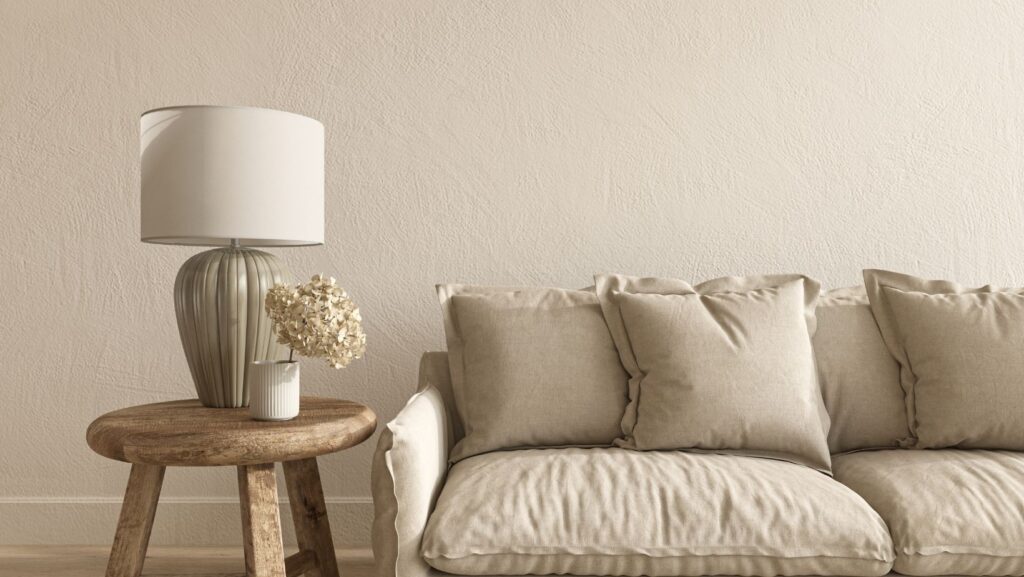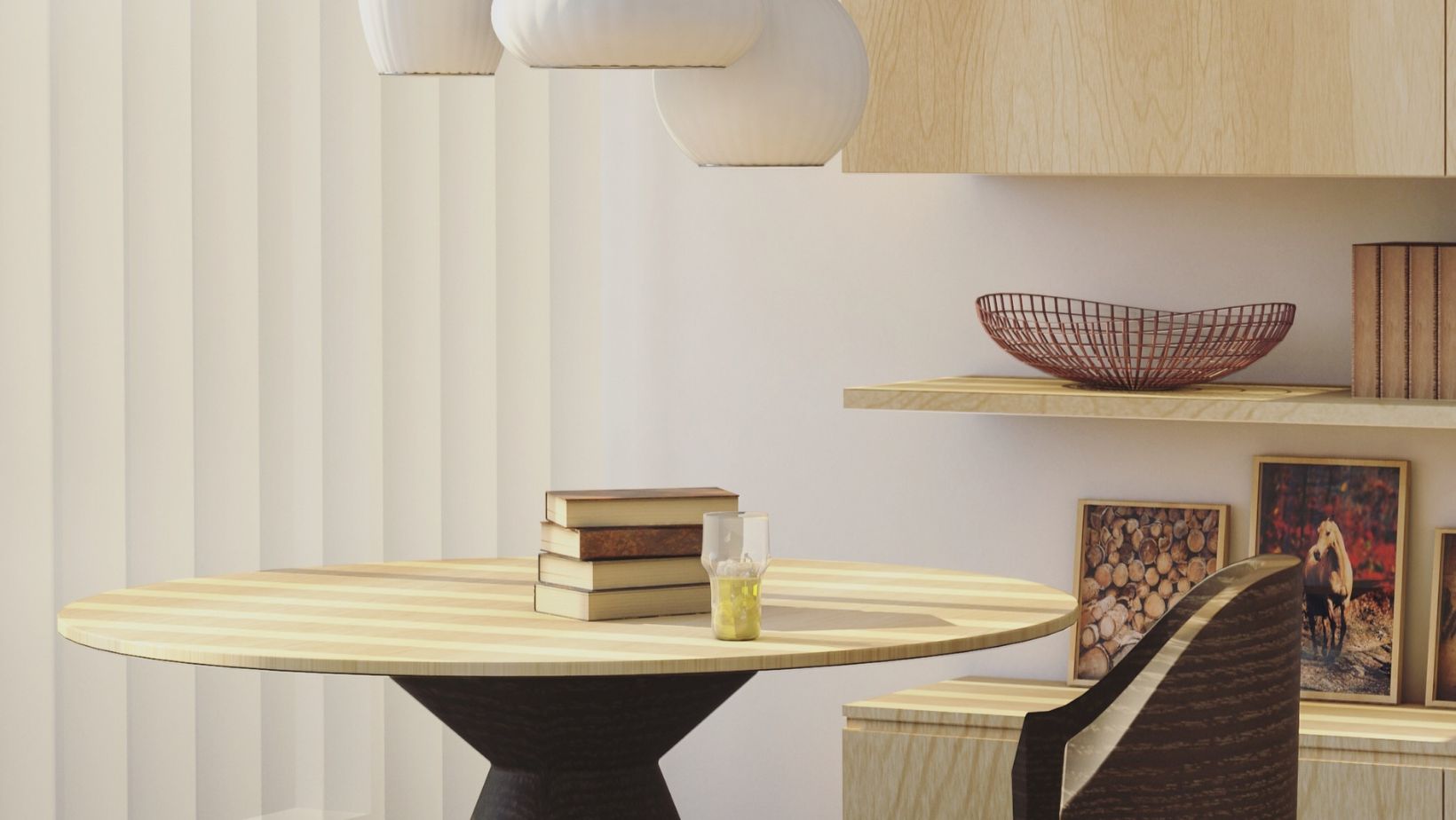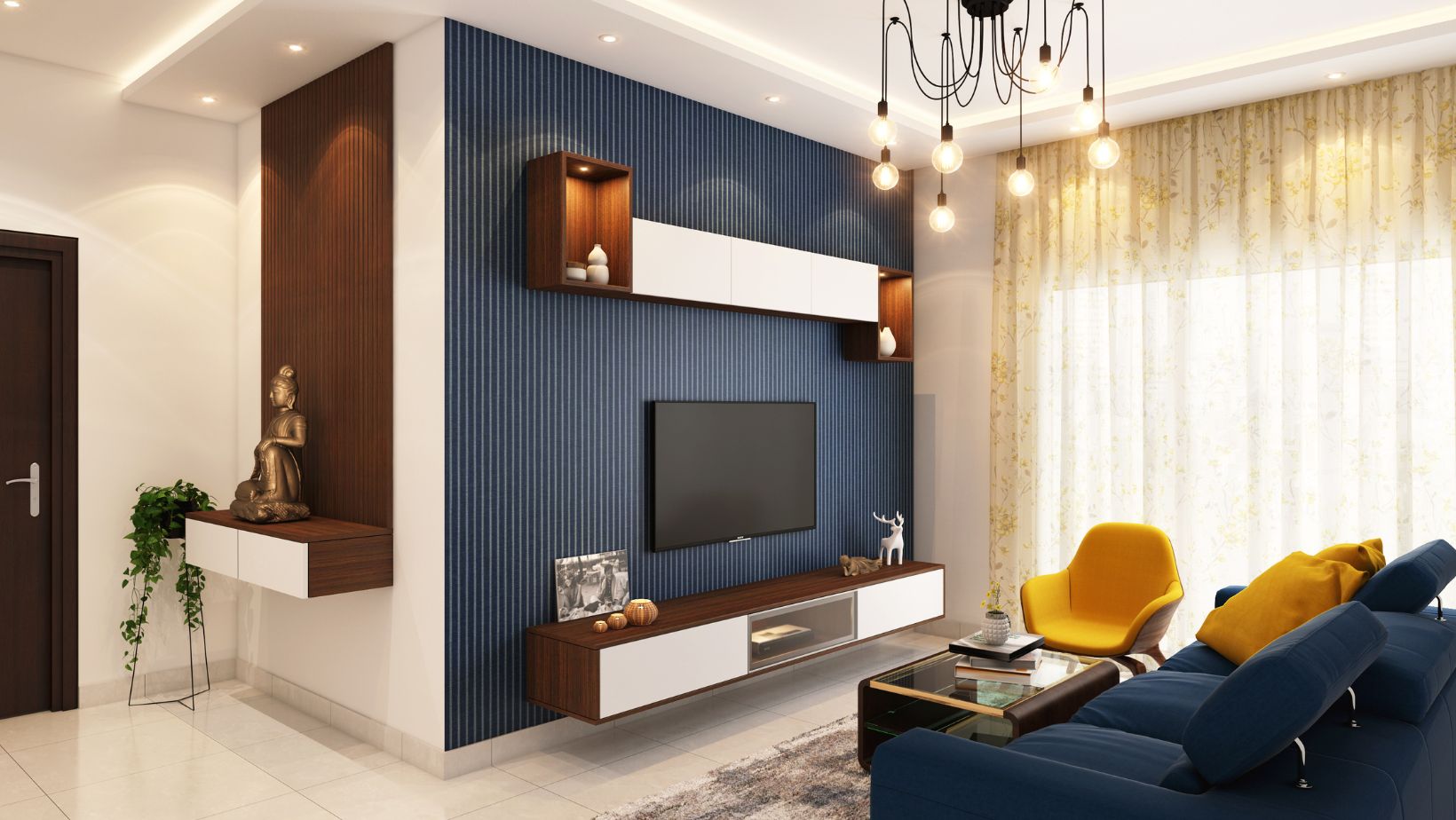Meta Description: Learn how innovative urban design maximizes small spaces for more efficient living.
As cities grow and urban living becomes more prevalent, making the most of small spaces is becoming increasingly important. Historically, limited space in densely populated urban areas led to creative design solutions aimed at maximizing functionality. Over time, architects and urban planners have adopted innovative approaches to optimize every square inch, turning small spaces into efficient, multifunctional living areas. These design solutions often focus on making spaces feel more expansive, improving storage, and providing more flexibility. With the rise of micro-apartments, tiny homes, and compact city living, urban design has evolved to meet the needs of modern residents. Today, maximizing small spaces is not just a necessity but an opportunity to create smart, sustainable, and stylish living environments. The key to achieving this lies in thoughtful design choices that prioritize efficiency, functionality, and the overall experience of living in a smaller space.
Understanding Space Efficiency
Space efficiency is crucial in urban design, particularly when dealing with small living areas. The goal is to maximize functionality without overcrowding, making the most of every inch while maintaining comfort. Efficient use of space means designing with purpose and selecting furnishings and features that serve multiple functions. It involves creating a balance between aesthetics and practicality, where design elements not only look good but also serve a purpose.
Some important principles of space efficiency include:
- Using furniture that can serve multiple purposes
- Designing built-in storage solutions to reduce clutter
- Choosing light colors to create the illusion of a larger space
- Opting for compact appliances that fit in smaller areas
- Integrating vertical storage options like shelves and wall-mounted hooks
- Utilizing foldable furniture for flexibility in a limited space
- Maximizing natural light to make the space feel airy
By incorporating these principles, designers can transform small spaces into functional, inviting environments. Space efficiency in urban design allows for a better quality of life by providing residents with the tools to organize their surroundings effectively while making the most out of smaller footprints. These design elements make a significant impact on the overall experience of living in a compact space.
Smart Storage Solutions
Smart storage solutions are essential when it comes to maximizing small spaces. In compact urban environments, finding ways to store items efficiently without overwhelming the living area is key. Modern design focuses on creating versatile, hidden, or multi-functional storage options that help keep spaces organized and clutter-free. For instance, furniture with built-in storage, such as ottomans, coffee tables, and beds with drawers, can provide hidden space for everyday items. In addition, using wall-mounted shelves and vertical storage units can help take advantage of unused wall space. For seasonal or less-frequently used items, solutions like Secure Washington Storage can provide an external place to keep belongings safe and accessible when needed. This type of external storage is becoming increasingly popular for urban dwellers, as it allows them to maintain a clean and organized home while freeing up space for daily living. Smart storage solutions also involve creating systems that are flexible, allowing for easy access to items without disrupting the overall flow of the space. With the right storage strategies, even the smallest spaces can be transformed into functional, organized living environments. As cities continue to grow and living spaces shrink, smart storage will continue to be an essential component of urban design, providing residents with the ability to manage their space effectively.
Note: The concept of utilizing multi-functional furniture and hidden storage gained popularity in the 20th century as urban living spaces became more compact, requiring creative design solutions to make the most of limited space.
Multipurpose Furniture
Multipurpose furniture is one of the most effective ways to maximize the use of small spaces. In urban environments where every inch counts, furniture that serves more than one function can make a huge difference. A sofa that transforms into a bed, or a dining table that doubles as a desk, allows residents to enjoy the flexibility of using a single piece of furniture for different activities. This adaptability not only saves space but also makes a home feel more spacious and functional. Multipurpose furniture can also be custom-designed to meet specific needs, such as storage solutions built into seating or hidden compartments in coffee tables. These types of furniture pieces help eliminate clutter and keep spaces organized by providing concealed storage for everyday items. In addition to their practicality, multipurpose furniture pieces can be stylish and modern, allowing homeowners to maintain an aesthetic appeal without sacrificing function. As the demand for more efficient urban living grows, multipurpose furniture continues to play a vital role in transforming small apartments and homes into comfortable and practical living spaces. With the right pieces, even the smallest space can become a versatile, comfortable home, making it easier for residents to live in a clutter-free, efficient environment.
Vertical Space Utilization
One of the most effective ways to maximize small spaces is by utilizing vertical space. In most homes, there is untapped potential above eye level that can be transformed into functional storage or living areas. By thinking upwards, you can make the most out of every square inch, creating additional room without sacrificing floor space. Vertical storage solutions, such as tall shelving units, wall-mounted hooks, and overhead cabinets, allow you to store items you don’t need to access frequently while keeping your living area uncluttered. This approach can also include hanging plants, artwork, or even using the walls for folding desks and wall beds. Vertical space also provides opportunities to create zones within a room, such as using tall bookshelves to divide an open-plan space into smaller, more manageable sections. For those living in cities where square footage is limited, this kind of innovation can make a huge difference in creating a functional home. When designed thoughtfully, vertical solutions can turn a cramped apartment into a comfortable living environment. The key is to make use of unused wall areas without overwhelming the space, ensuring that everything remains easy to access and aesthetically pleasing. With the right vertical design elements, small spaces can feel much more open and organized, offering greater comfort and usability.
Insight: The concept of utilizing vertical space became more common as urban living spaces shrank in the 20th century, prompting architects and designers to find creative solutions for maximizing small environments.
Sustainable Design Practices
Sustainable design practices are becoming essential in urban spaces, especially when it comes to small homes. These practices focus on minimizing environmental impact while maximizing space efficiency. By incorporating energy-efficient appliances, using sustainable materials, and improving insulation, small spaces can be both eco-friendly and functional. Designing with sustainability in mind not only reduces energy costs but also creates a healthier living environment. As more people move to urban areas, these practices are vital in creating livable, environmentally conscious homes.
Moving Forward with Urban Design
As cities continue to grow and spaces become smaller, the need for innovative urban design will only increase. By embracing smart storage solutions, sustainable practices, and creative furniture designs, we can maximize limited space while improving the quality of life. Future urban design will continue to focus on efficiency and adaptability, creating environments that are both functional and enjoyable to live in, ensuring that small spaces are optimized for modern living needs.




More Stories
How New Girlfriend AI and NSFW AI Girlfriend Chats Are Changing Relationships
How Abu Dhabi Is Shaping the Future of Luxury Apartment Living
Some Tips To Allow You To Make Your Current Home Your Castle In The US